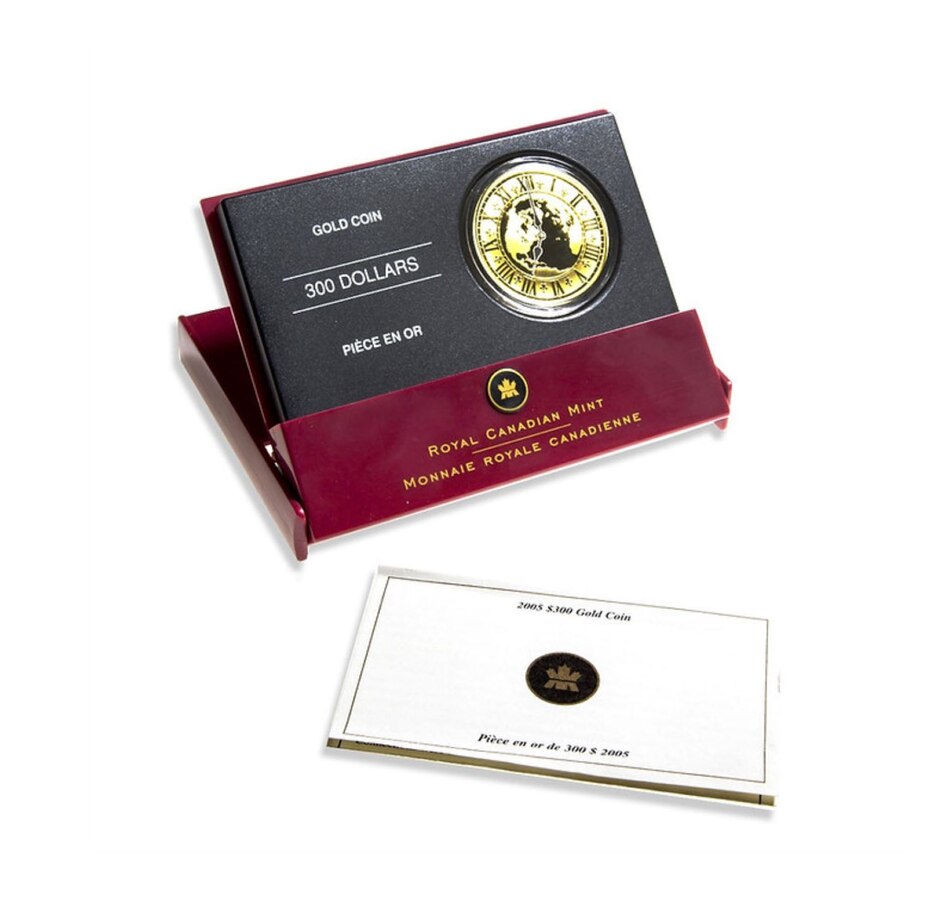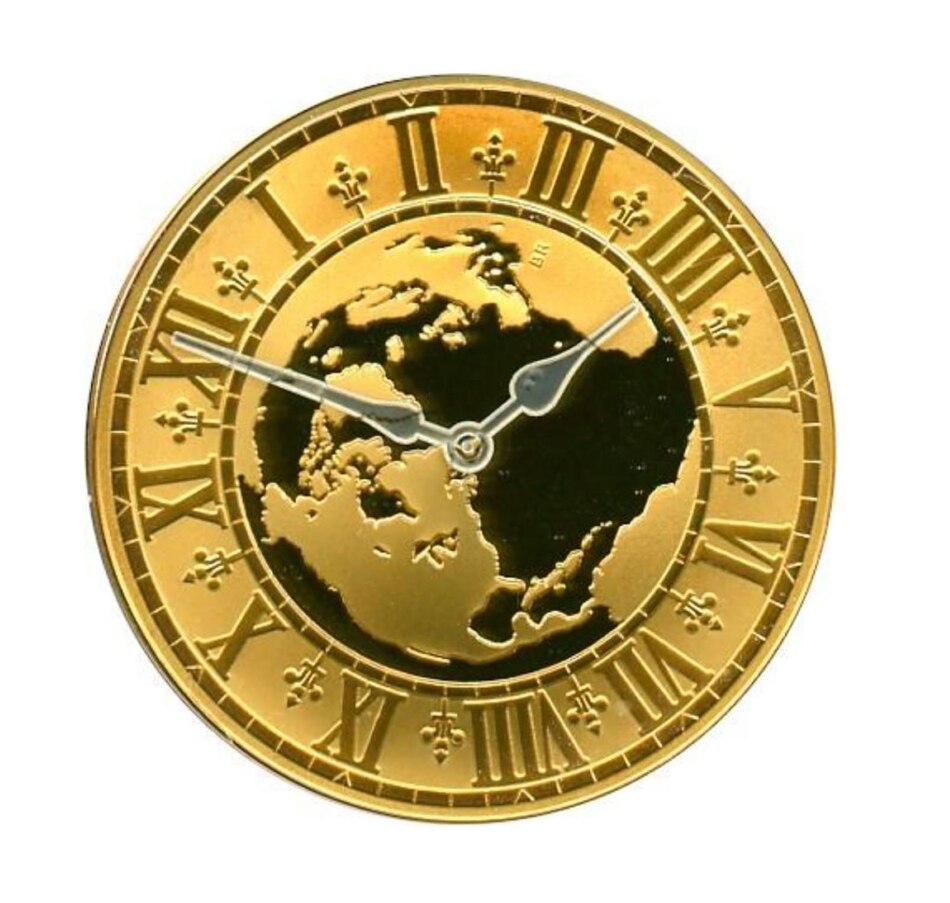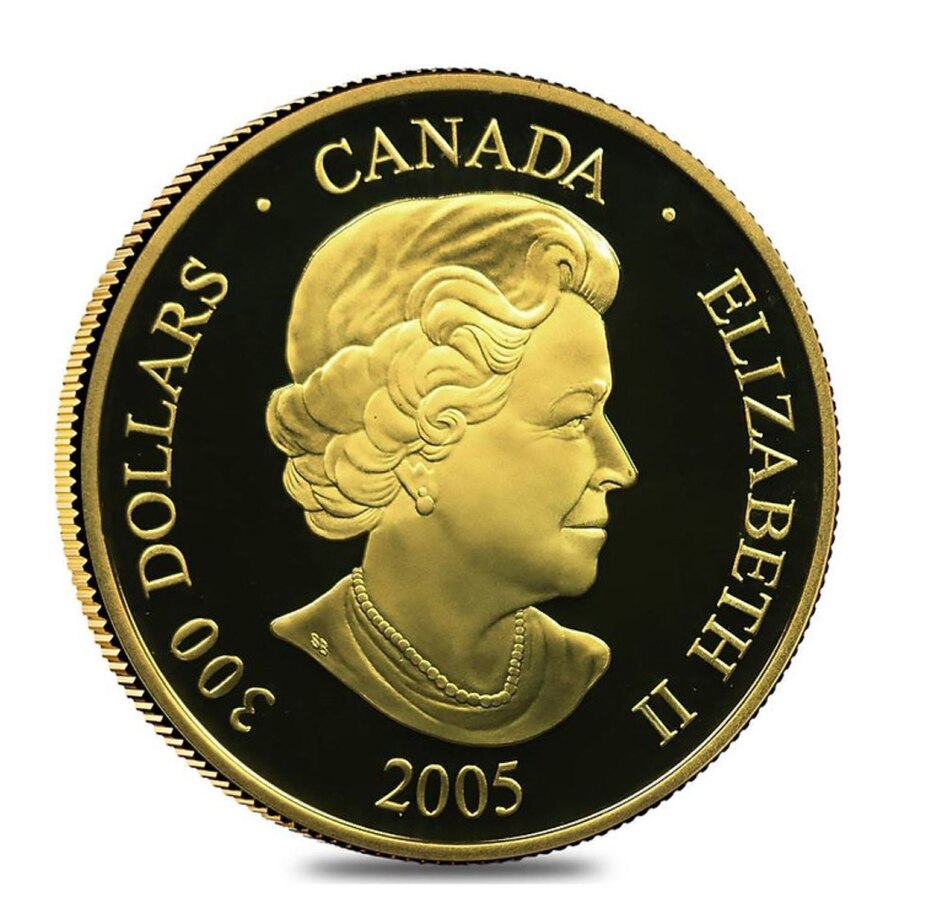2005 Canadian $300 Achievements: Newfoundland Time (8:30)
Shipping: $6.99
A little over a century ago, before the network of railways covered the continent, the focus of day-to-day life was considerably more local. People tracked time using the clock in the church, the town hall or the jeweller's window. And these clocks were set according to the sun's noontime high.
But the sun travelled across the sky at about 10 kilometres per minute, so its position would differ slightly from one town to the next—about one minute for every 18 kilometres in distance from east to west. When the railway began to transport people from here to there, confusion was the result. With everyone on a slightly different time, connections were missed, and in some cases, trains collided.
Sir Sandford Fleming, chief engineer for the Canadian Pacific Railway, knew that a standard system of time was essential if the railway was to succeed. Using astronomical measurements made at the Greenwich Observatory, Fleming proposed that the world be divided into 24 time zones. Starting at the Greenwich Meridian (0° longitude), each time zone would equal 15° longitude, or one hour. All who attended Fleming's conference agreed, and his system of standard time was implemented internationally on January 1, 1885.
• Mintage: 1,200
• Composition: 58.33% gold, 41.67% silver
• Weight: 45 g
Includes:
• 2005 Canadian $300 Achievements: Newfoundland Time (8:30)
Warranty Information:
This product comes with a 30-day warranty through TSC.






